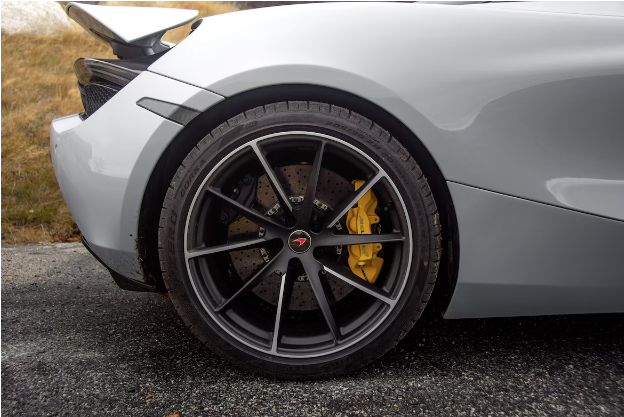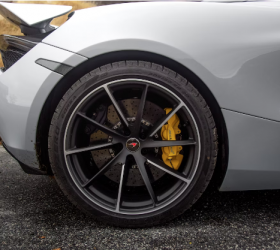Without checking your car or doing a reading, can you tell us what your current car tyre pressures are?

It’s not something you immediately have in mind, but it is something you need to be very conscious of. Under-inflated tyres pose driver safety risks as they can lead to a lack of control with increased stopping distances. To compound the problem, they also decrease the lifespan of your tyres by wearing down the tread a lot faster, so you’ll need to pay for replacements more often.
Taking all of this into account, how do you know when your tyre pressure is falling? Spotting when to re-inflate your tyres will prevent any of the previous issues from happening. You’ve got three main ways of knowing when it’s time to get your tyres back up to their ideal pressure levels:
Pay attention to stopping distance and ride smoothness
Does it feel like your car is taking longer to come to a complete stop? Do the same roads you’ve been driving on forever suddenly feel a lot bumpier? Both of these problems are early signs of low tyre pressure.
Be aware that other factors may influence both of these issues as well. For instance, your stopping distance will increase on slippery surfaces or when your tyres wear down. Worn-down tyres may also cause ride comfort issues or there could be lots of potholes thanks to cold weather.
However, if you notice an increase in your stopping distance with a bumpier ride – and can confidently say neither issue is down to another factor – there’s a high chance it’s a tyre pressure problem.
Look for a tyre pressure warning light
Modern cars tend to be built with a tyre pressure monitoring system. It works in the background and checks your tyre pressure, notifying you when it’s time to fill them with air. Keep an eye on your dashboard or centre console and look for the tyre pressure warning light to come on. If you spot it, this is a key sign to take action.
What if your vehicle doesn’t have a tyre pressure monitoring system or you’re towing a vehicle and need to monitor its tyres too? It’s possible to purchase a TPMS that attaches to the tyres and provides real-time readings on a screen for you. This is the easiest way of monitoring tyre pressure and staying updated.
Manually check your tyre pressure
Get into the habit of manually checking your tyre pressure every month. When you notice a tyre pressure warning light or feel changes in the way your car drives, it’s well worth double-checking the pressure yourself. In fact, when you fill your car’s tyres with air, you’ll get a manual reading anyway!
Make a habit of doing this when you fill up with fuel – or get a tyre pressure reader for home use. Remember, you can find the correct tyre pressure for each tyre in your vehicle’s owner’s manual. Some will also display the readings on the inside of the driver or passenger’s door.
Use any or all of these methods to understand when your tyres need to be re-inflated. Ensure they’re always near their ideal pressure readings to keep your car safe and to save money on maintenance.


.gif?rand=2679)








